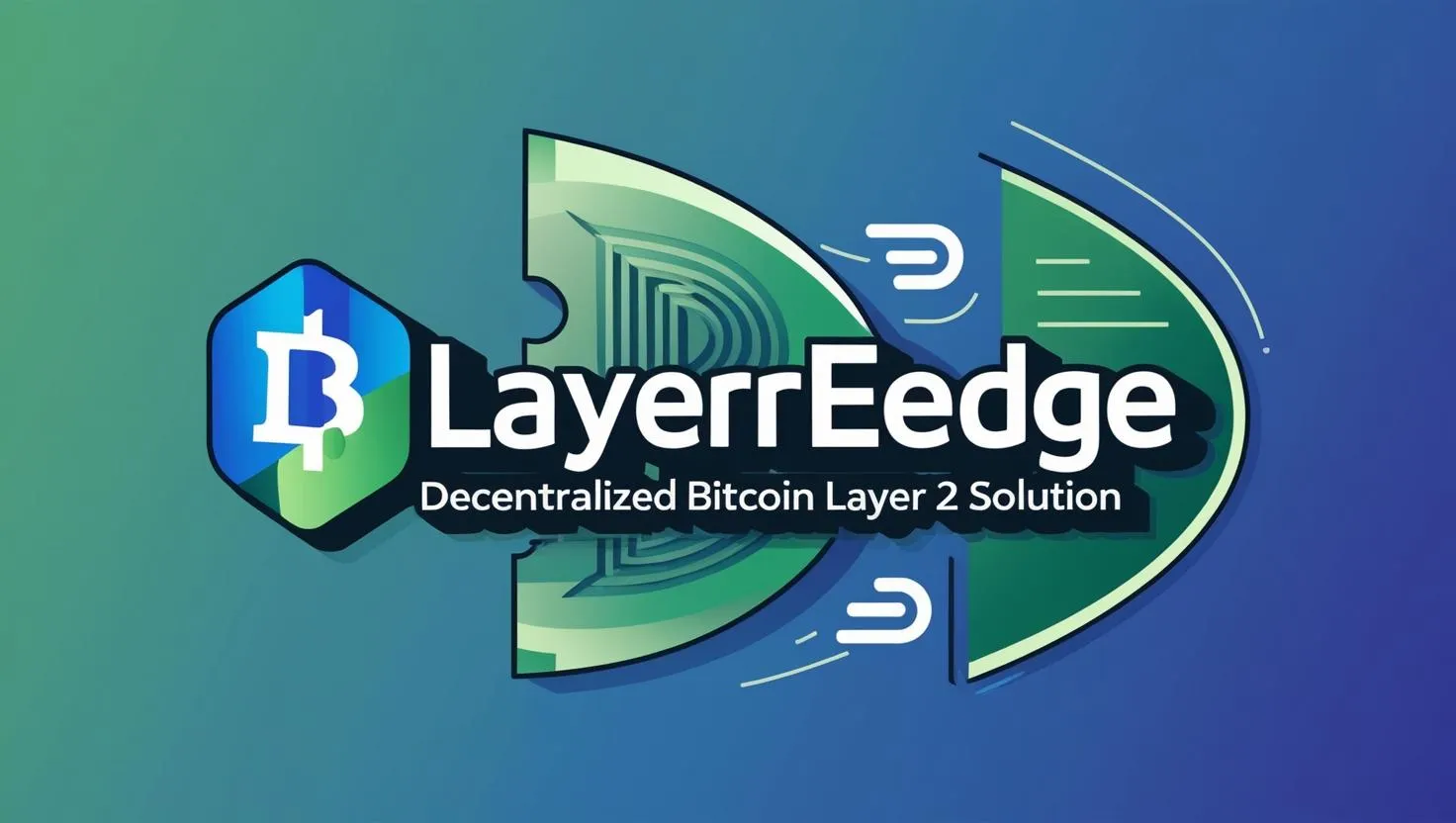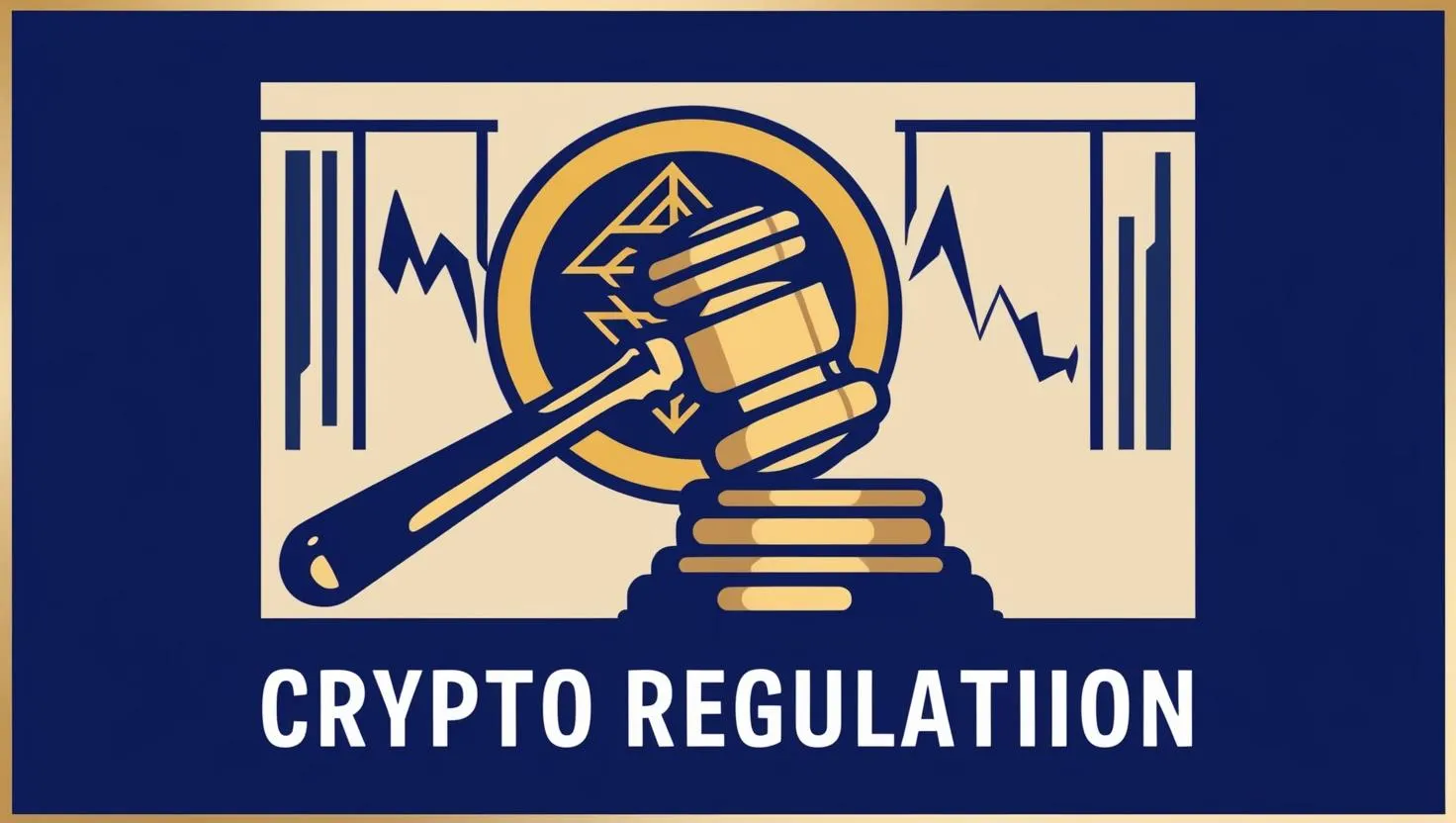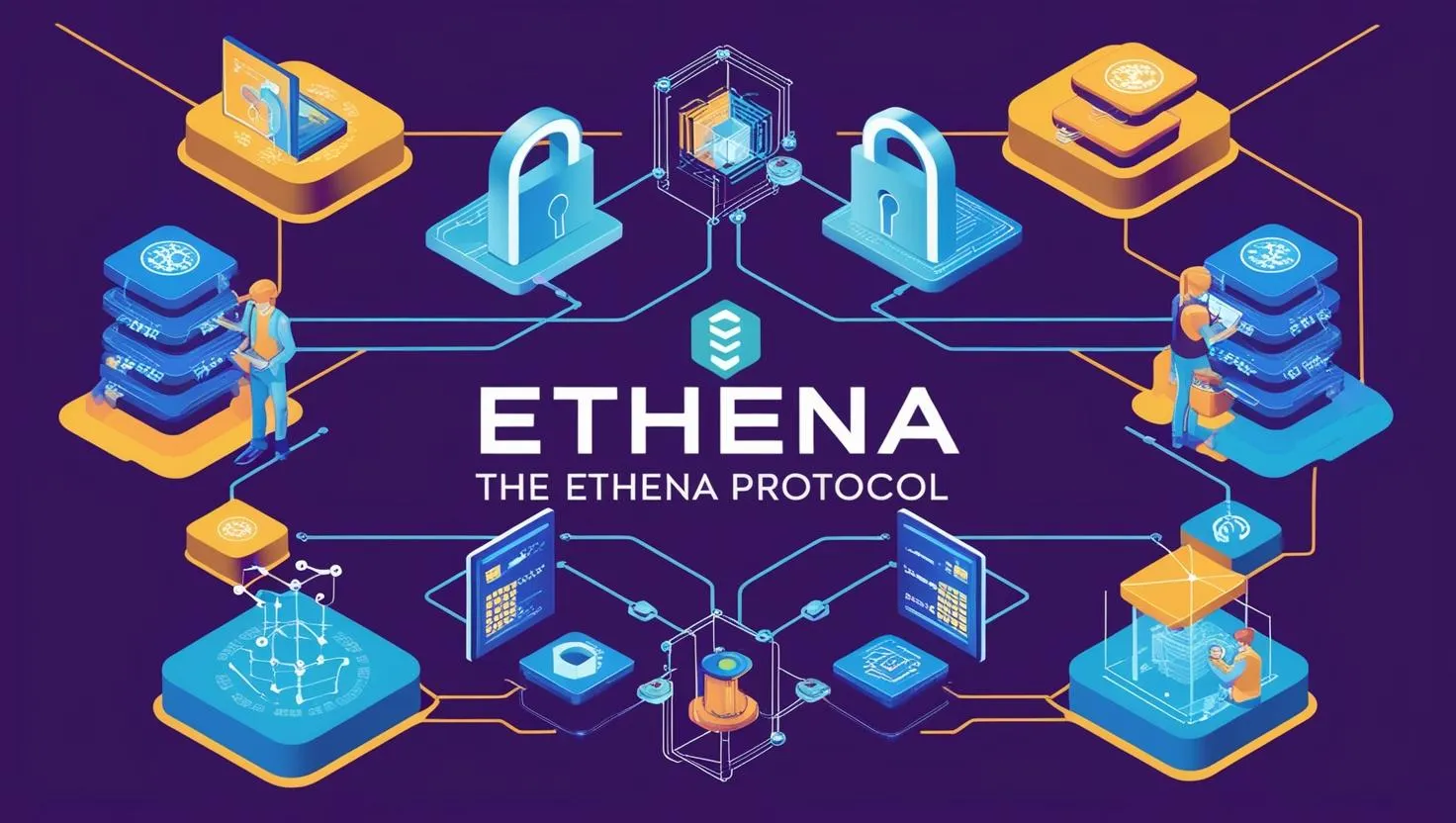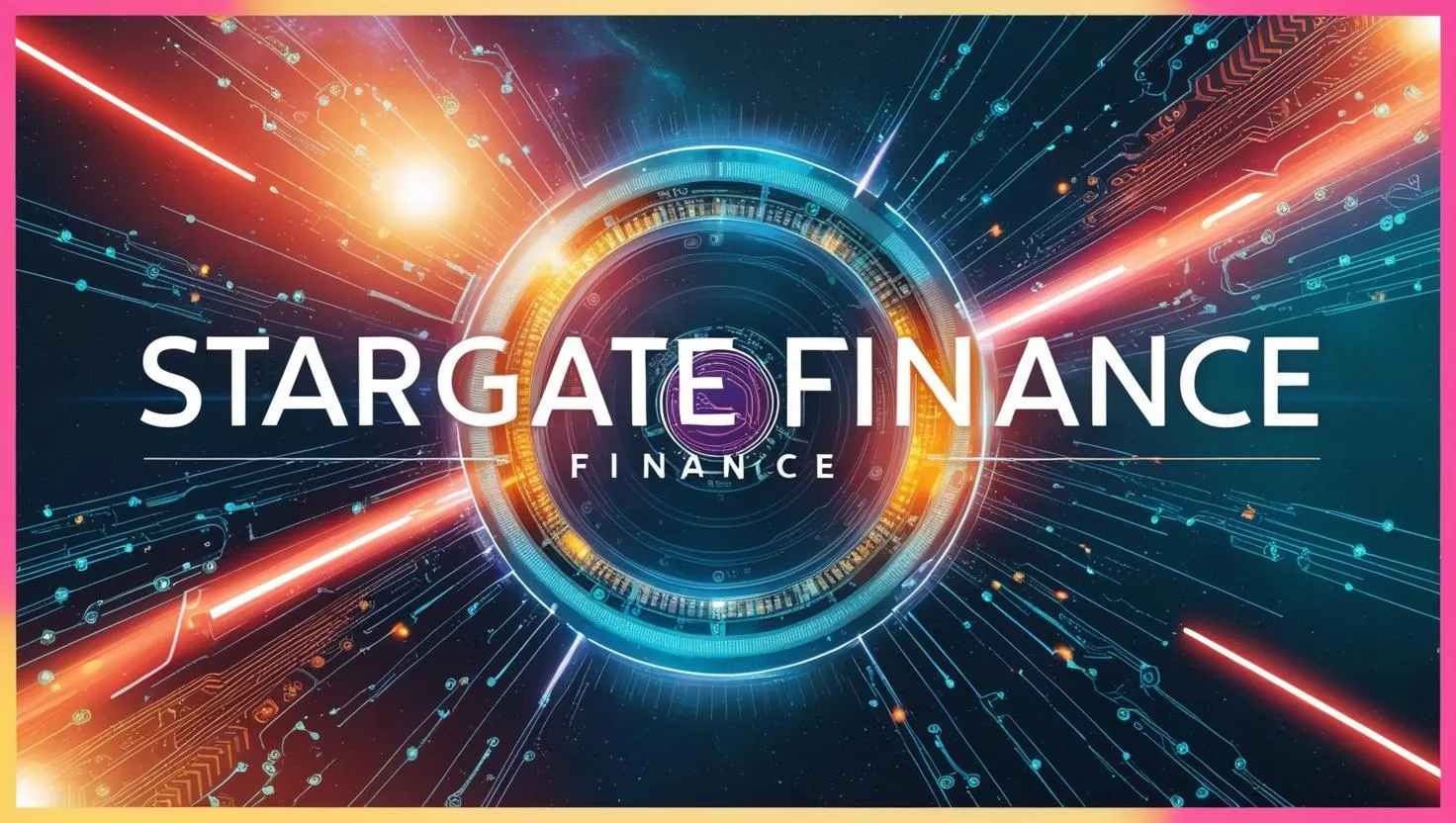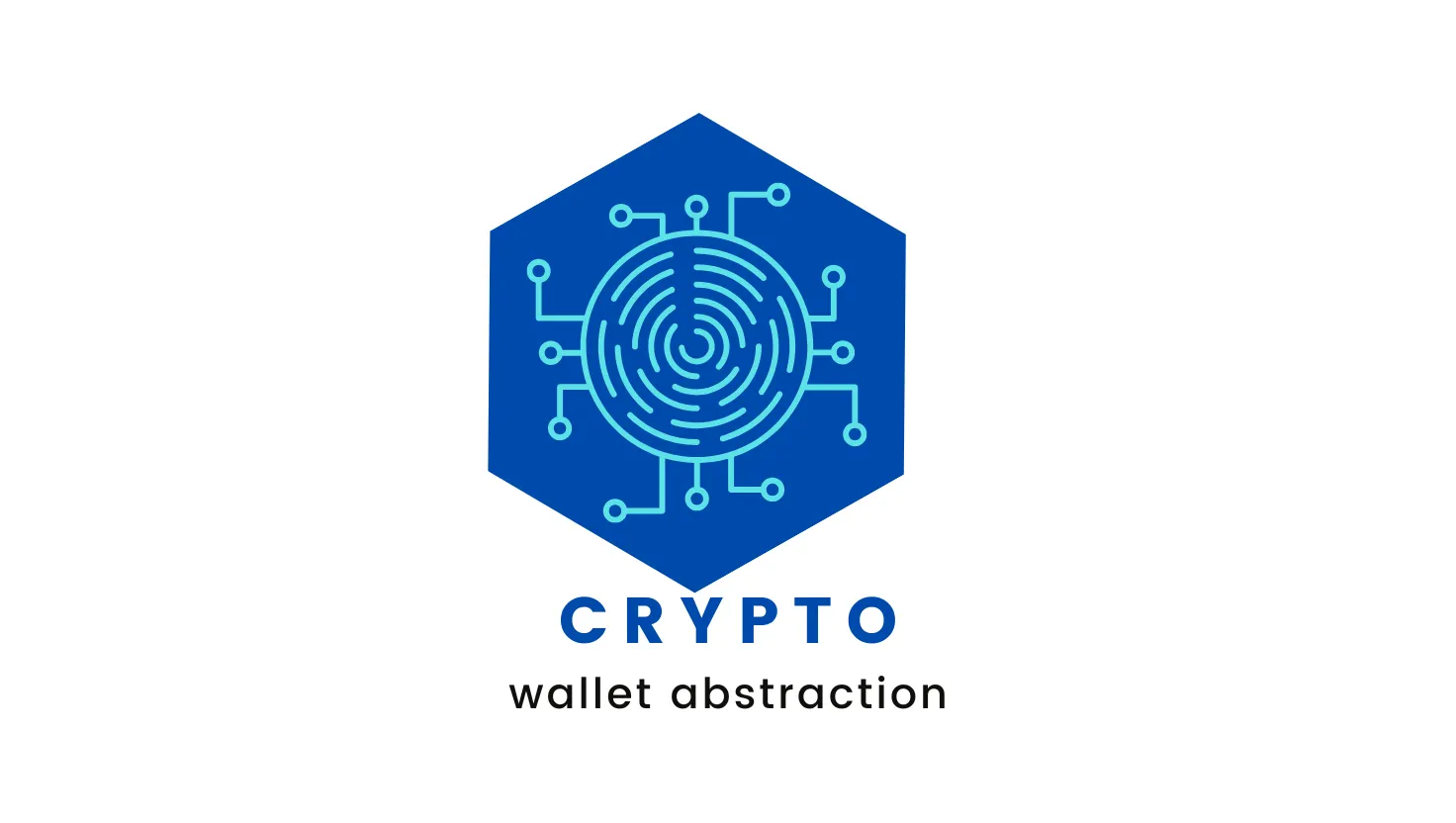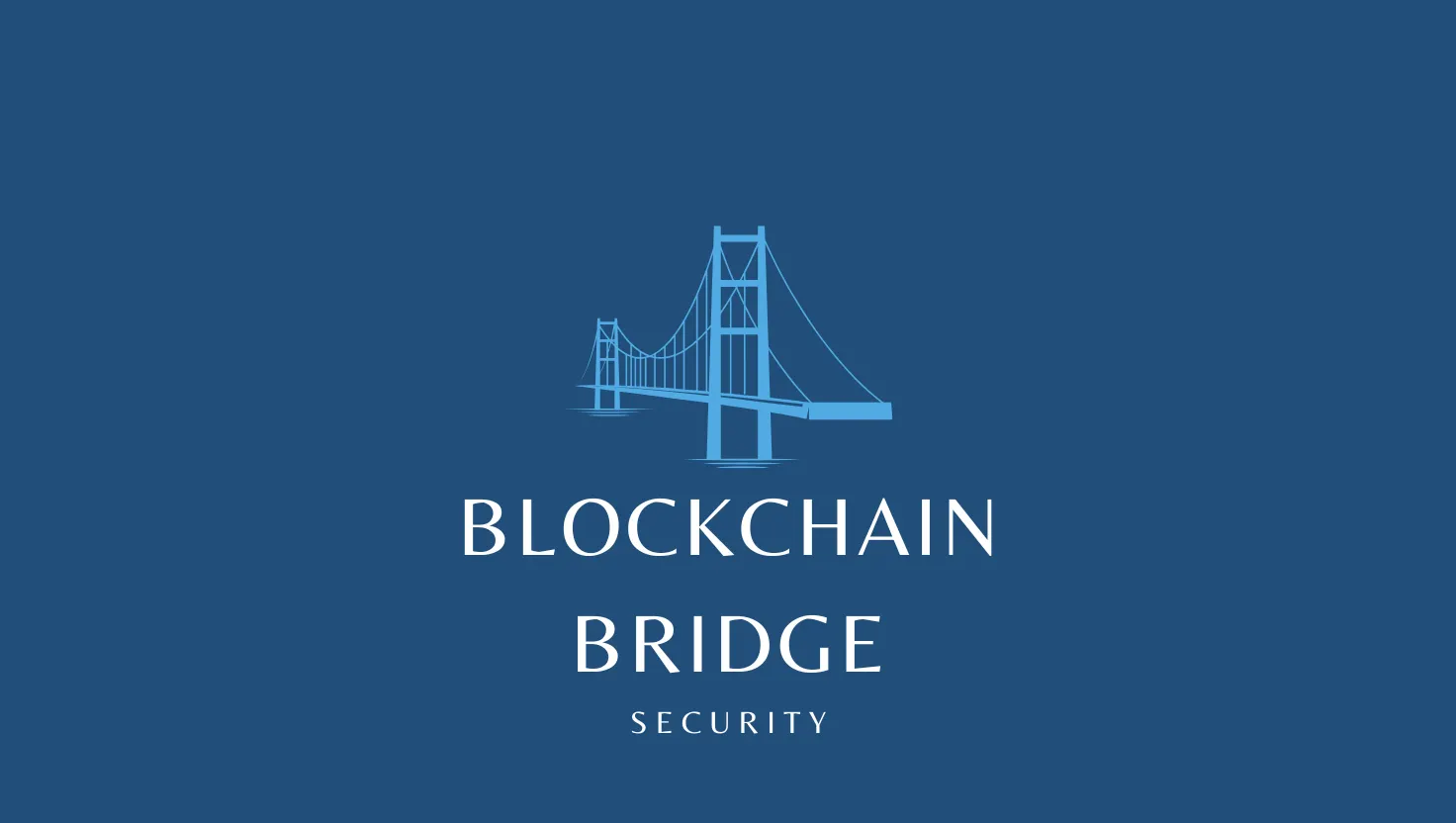Revolutionizing Crypto Regulation: How the Tunney Act Could Shape a Transparent Future for Digital Assets
The Tunney Act, formally known as the Antitrust Procedures and Penalties Act of 1974 (15 U.S.C. § 16), is a U.S. federal law that governs the judicial review process for consent decrees proposed by the Department of Justice (DOJ) in antitrust cases. It aims to ensure transparency, public interest, and judicial oversight when the DOJ settles antitrust lawsuits, typically requiring public notice, a period for public comments, and a judicial determination that the settlement serves the public interest.
While the Tunney Act is traditionally applied to antitrust matters, its procedural framework for evaluating settlements could hypothetically be adapted to regulate cryptocurrency markets, particularly to address concerns like market manipulation, monopolistic practices, or consumer protection in the crypto space.
Cryptocurrency regulations in the U.S. are currently fragmented, with agencies like the Securities and Exchange Commission (SEC), Commodity Futures Trading Commission (CFTC), Financial Crimes Enforcement Network (FinCEN), and Internal Revenue Service (IRS) applying existing frameworks to digital assets.
These frameworks cover securities laws, commodities regulations, anti-money laundering (AML), and taxation, but no unified federal crypto regulation exists. Recent legislative proposals, like the Financial Innovation and Technology for the 21st Century Act (FIT21) and the Responsible Financial Innovation Act (RFIA), aim to clarify regulatory jurisdiction, but progress has been slow. Globally, frameworks like the EU’s Markets in Crypto-Assets Regulation (MiCA) provide models for comprehensive regulation, emphasizing transparency, consumer protection, and market integrity.
Hypothetical Legal Framework: Applying the Tunney Act to Crypto Regulations
This hypothetical framework uses the Tunney Act’s procedural mechanisms to create a transparent, judicially overseen process for regulating cryptocurrency markets, focusing on settlements or regulatory agreements between federal agencies and crypto entities (e.g., exchanges, stablecoin issuers, or DeFi platforms). The framework assumes the DOJ, in collaboration with the SEC, CFTC, and Treasury, takes a lead role in addressing crypto-related issues resembling antitrust concerns, such as market concentration, unfair trading practices, or systemic risks posed by large crypto entities.
1. Scope and Objectives
- Purpose: Establish a federal process to review and approve regulatory settlements with crypto entities to ensure they serve the public interest, prevent market distortions, and protect consumers.
- Covered Entities: Cryptocurrency exchanges, stablecoin issuers, decentralized finance (DeFi) platforms, and other entities with significant market influence (e.g., controlling over 20% of trading volume or issuing stablecoins exceeding $10 billion in circulation).
- Issues Addressed: Market manipulation, monopolistic practices (e.g., dominant exchanges stifling competition), consumer fraud, AML/CFT violations, and systemic financial risks (e.g., stablecoin runs).
2. Legal Framework Components
Drawing on the Tunney Act’s structure, the framework incorporates the following steps:
a. Mandatory Settlement Proposals
- When the DOJ (or a joint task force with SEC/CFTC) investigates a crypto entity for violations (e.g., unregistered securities offerings, AML non-compliance, or market manipulation), any proposed settlement must be formalized as a consent decree.
- The decree outlines remedies, such as fines, operational restrictions (e.g., limiting trading pairs), consumer restitution, or structural changes (e.g., divestitures of certain business units).
b. Public Disclosure and Comment Period
- Filing Requirement: The DOJ files the proposed consent decree with a federal district court and publishes it in the Federal Register, along with a Competitive Impact Statement (CIS). The CIS explains:
- The nature of the violation (e.g., a crypto exchange’s wash trading inflating volumes).
- The proposed remedy’s impact on the crypto market and consumers.
- Alternatives considered (e.g., litigation vs. settlement).
- Public Comment Period: A 60-day period allows stakeholders (e.g., crypto users, competing firms, consumer advocacy groups) to submit comments. Comments are published online to ensure transparency.
Accessibility: Summaries of the decree and CIS are translated into plain language and posted on platforms like X to engage retail crypto investors.
c. Judicial Review
- A federal judge reviews the consent decree to determine if it is “in the public interest,” as required by the Tunney Act. The court considers:
- Market Impact: Does the settlement prevent monopolistic control or unfair practices? For example, does it address an exchange’s dominance that suppresses smaller platforms?
- Consumer Protection: Does it include measures like mandatory disclosures, fraud prevention, or compensation for affected users?
- Systemic Stability: For stablecoin issuers, does the settlement ensure reserve transparency or liquidity safeguards to prevent runs?
- Innovation Balance: Does the remedy avoid stifling blockchain innovation while addressing harms?
- The court may hold hearings, call witnesses (e.g., crypto industry experts), or request additional DOJ analysis before approving or rejecting the decree.
d. Interagency Coordination
- A Crypto Regulatory Task Force, led by the DOJ and including the SEC, CFTC, Treasury, and Federal Reserve, coordinates investigations and settlements.
- The Task Force aligns settlements with existing laws (e.g., securities, commodities, AML) and proposes legislative updates to Congress if gaps emerge.
- For stablecoins, the Treasury ensures compliance with a federal prudential framework, potentially requiring issuers to be insured depository institutions.
e. Enforcement and Compliance
- Approved consent decrees are enforceable by the court. Non-compliance (e.g., an exchange failing to implement AML measures) triggers contempt proceedings or escalated penalties.
- The DOJ publishes annual reports on crypto settlements, detailing outcomes, market impacts, and lessons learned, fostering accountability.
3. Hypothetical Application: Case Study
Scenario: A major crypto exchange, “CryptoHub,” is investigated for market manipulation (wash trading to inflate volumes) and AML violations. The DOJ proposes a consent decree requiring CryptoHub to pay $500 million in fines, implement transparent trading algorithms, and enhance AML/KYC compliance.
Tunney Act Process:
- Filing: The DOJ files the decree and CIS with a federal court, detailing how CryptoHub’s practices harmed competition and consumers.
- Public Comment: Crypto users and competing exchanges submit comments, with some arguing the fine is too low and others supporting the compliance measures. Comments reveal concerns about CryptoHub’s dominance in stablecoin trading pairs.
- Judicial Review: The court holds a hearing, where a blockchain analytics expert testifies on wash trading’s market impact. The judge approves the decree but adds a requirement for CryptoHub to publish quarterly trading volume audits for three years.
Outcome: CryptoHub complies, market transparency improves, and smaller exchanges gain market share, aligning with the public interest.
4. Key Features and Innovations
- Transparency: Public disclosure and comment periods ensure retail investors and smaller firms have a voice, addressing the crypto industry’s opacity.
- Judicial Oversight: Courts act as a check on regulatory overreach or leniency, balancing innovation with accountability.
- Flexibility: The framework adapts existing laws (e.g., securities, AML) rather than creating a new standalone regime, avoiding delays from congressional gridlock.
- Consumer Focus: Settlements prioritize restitution and disclosures, addressing the 60% of U.S. citizens skeptical of crypto’s safety.
- Global Alignment: The Task Force collaborates with international bodies (e.g., FATF, FSB) to align with frameworks like MiCA, reducing regulatory arbitrage.
5. Challenges and Considerations
- Complexity: Crypto’s decentralized nature (e.g., DeFi protocols) complicates identifying “actors” for settlements. The framework may need to target custodial entities or key developers.
- Innovation Risk: Overly punitive settlements could drive firms offshore, as seen with venture capital shifts to the UK.
- Judicial Capacity: Courts may lack crypto expertise, requiring specialized training or expert advisors.
- Public Engagement: Ensuring meaningful public comments from retail investors, not just industry insiders, demands proactive outreach.
6. Comparison to Existing Proposals
Unlike FIT21 or RFIA, which focus on defining SEC/CFTC jurisdiction, this framework leverages the Tunney Act’s procedural strengths to address immediate enforcement issues without new legislation. It complements state-level efforts (e.g., New York’s proposed regulations) by providing a federal overlay. Compared to MiCA, it is less comprehensive but more agile, focusing on case-by-case settlements rather than a universal rulebook.
Conclusion
This hypothetical framework adapts the Tunney Act’s antitrust settlement process to regulate crypto markets, emphasizing transparency, judicial oversight, and public interest. By applying the Act’s mechanisms to settlements with crypto entities, it addresses market manipulation, consumer protection, and systemic risks while aligning with existing U.S. laws and global standards. While not a complete regulatory solution, it offers a practical bridge until comprehensive crypto legislation emerges, balancing innovation with accountability in a rapidly evolving industry.




